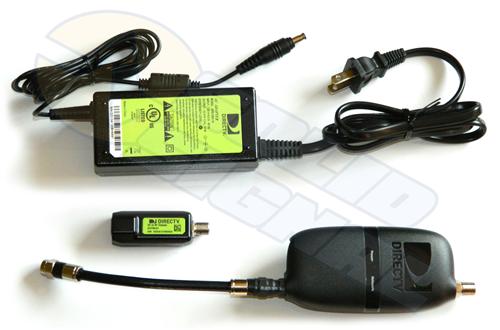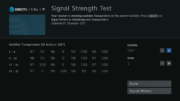You’ve probably already learned that you can use DIRECTV’s coaxial lines to add real, wired networking to any room. (If you haven’t, check out our White Paper.) The most common question asked, though, is whether or not that network connection is as fast as any other wired connection.
DIRECTV’s Coax Networking adheres to the MoCA 1.1 specification, meaning that data can travel at a maximum rate of 150Mbps, or about 50% faster than 100BaseT networking. However, when you’re converting that coax-based transport to an Ethernet-based one so your devices can use it, it’s stepped down to 100BaseT standards.
For the most part, there’s no reason for DIRECTV’s own equipment to move any faster than that; a DIRECTV transport stream is about 12Mbps at the high end, and even the 4K streams aren’t expected to be much higher than that. When you’re downloading on demand, it’s based on your own internet speed and the congestion level of the internet in general, but it’s going to be a long time before you would have to worry about pulling anything from a remote server at over 100Mbps.
A while back, I did some instrumented testing comparing coax networking to Ethernet, and found that there was no difference between the two in most cases. Obviously, Gigabit Ethernet outperforms DIRECTV’s solution in specific cases within the home but that’s to be expected.
DIRECTV has said that they will eventually move to MoCA 2.0 which supports either 400Mbps or 800Mbps transfers, but their MoCA 2.0 equipment will probably be designed for large installations and may never be available for consumer-level equipment.




